Sign up for workout ideas, training advice, reviews of the latest gear and more.

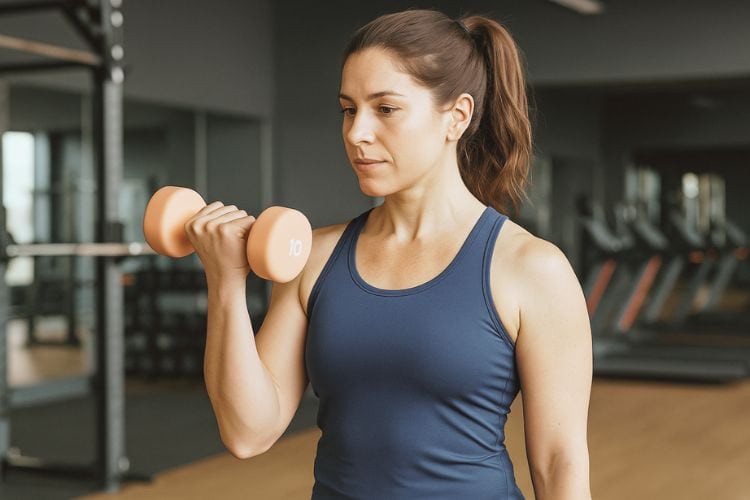
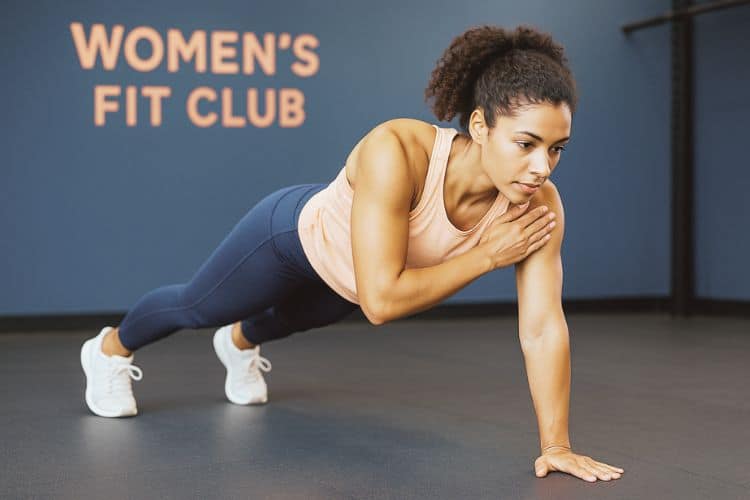
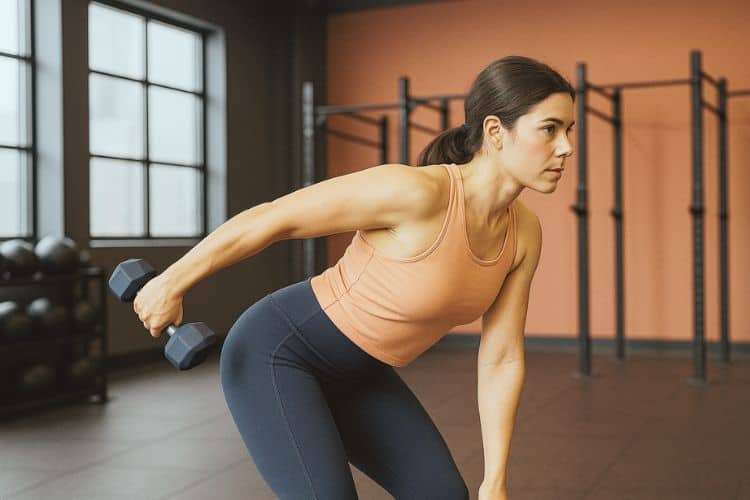
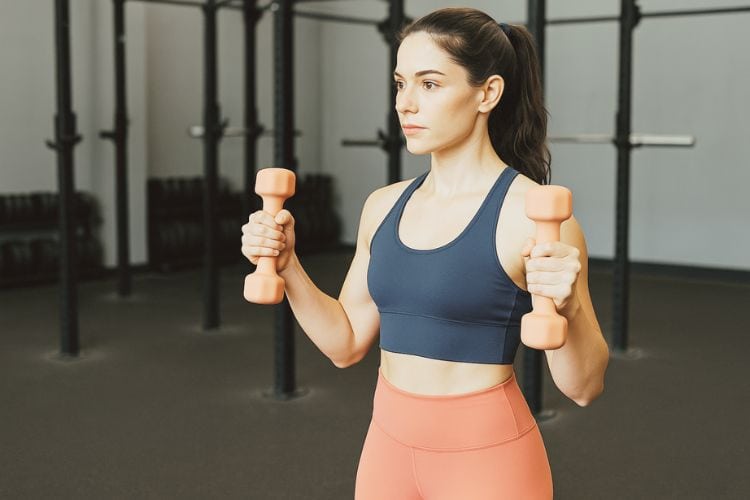
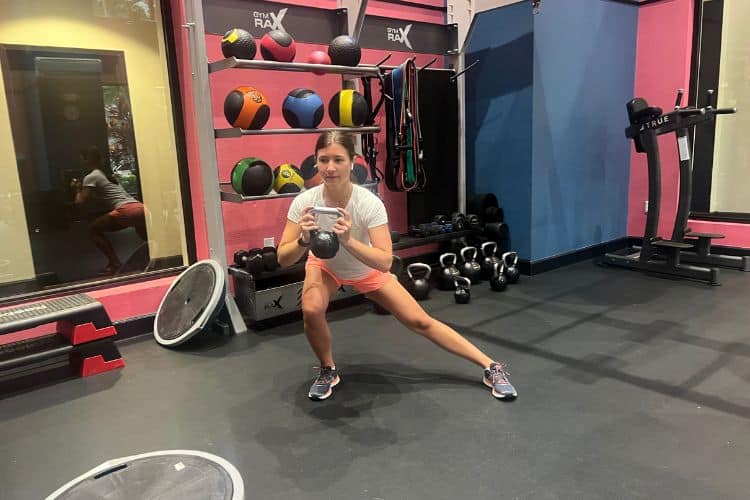
Side lunges, also known as lateral lunges, are a powerful lower body movement that strengthens your glutes, quads, hamstrings, and inner thighs while enhancing hip mobility and balance. When paired with a kettlebell, this classic functional move becomes even more effective, offering a unique blend of resistance training and dynamic movement. In this guide, we’ll break down everything you need to know about the kettlebell side lunge workout—from form tips and variations to programming and benefits.
Kettlebell side lunges are a unilateral exercise where you step out to the side while holding a kettlebell for added resistance. This movement targets the muscles of the lower body and challenges your core, stability, and coordination.
Unlike forward or reverse lunges that emphasize sagittal plane movement (forward/backward), side lunges work the frontal plane (side-to-side), which is often neglected. This makes them excellent for functional training and injury prevention, especially in athletes and active individuals.
The addition of a kettlebell further engages your grip strength and upper body muscles, especially when held in different positions like goblet or racked.
Incorporating kettlebell side lunges into your routine offers a wide array of benefits beyond just muscle building.
Side lunges require a deep bend at the hip, which helps open up tight hip flexors and improve range of motion. Over time, this can enhance your posture, gait, and athletic performance.
Many training programs emphasize forward and backward motion, but lateral strength is critical for sports, agility, and everyday activities. Kettlebell side lunges build this essential capacity.
The asymmetrical loading of the kettlebell (especially when held in one hand or racked) requires significant core engagement to maintain balance and upright posture throughout the movement.
While traditional squats target the glutes and quads, side lunges emphasize the adductors and outer glutes, offering a more well-rounded leg workout.
Strengthening muscles in multiple planes of motion reduces the risk of injuries during athletic movements and everyday tasks like turning, pivoting, or sidestepping.
Proper form is essential to avoid injury and maximize the benefits of the movement.
The way you hold the kettlebell can significantly influence which muscles are emphasized and the overall difficulty of the movement.
Adding variety to your training prevents plateaus and allows you to target muscles from different angles.
After performing the side lunge, step behind into a curtsy lunge for added glute and adductor engagement.
Add an overhead press after returning to the center. This turns the move into a full-body, functional strength exercise.
Instead of standing all the way up after each rep, add small pulses at the bottom to increase time under tension and burn.
Stand on an elevated surface like a step or platform and lunge down to the side to increase range of motion and glute activation.
Here are three kettlebell side lunge routines tailored for different fitness levels.
Goal: Learn movement patterns and build strength
Workout (2–3 rounds):
Goal: Add resistance, improve core and hip mobility
Workout (3–4 rounds):
Goal: Maximize strength and power in multiple planes
Workout (4 rounds):
Side lunges can be integrated into your workout in various ways:
Use bodyweight or light KSL as part of your dynamic warm-up to open up hips and activate the glutes.
Perform them early in your workout with moderate to heavy weight for 3–4 sets of 8–10 reps per leg.
Add high-rep KSL or pulse versions at the end of your session to burn out the legs.
Include kettlebell side lunges 1–2 times per week, adjusting volume based on your goals (strength vs. mobility vs. endurance).
Kettlebell side lunges are an underrated but powerful addition to any fitness routine. They develop strength, enhance mobility, and improve balance—all in one movement. Whether you’re a beginner building a foundation or an advanced athlete targeting lateral power and core control, this exercise can be scaled and customized to meet your goals.
By consistently incorporating KSL into your routine, you’ll develop a more functional, resilient lower body and see real performance gains across other exercises and daily movements. It’s time to move beyond traditional squats and lunges—step to the side and elevate your training.
Ready to challenge your body from a new angle? Grab a kettlebell and step into strength—one lunge at a time.
Want more workout and video guide?
Follow us on Pinterest, Facebook, and Subscribe to our Newsletter and Stay tuned for FREE downloads of our App coming soon!
Stay up to date on the latest women’s health, fitness and lifestyle trends and tips.